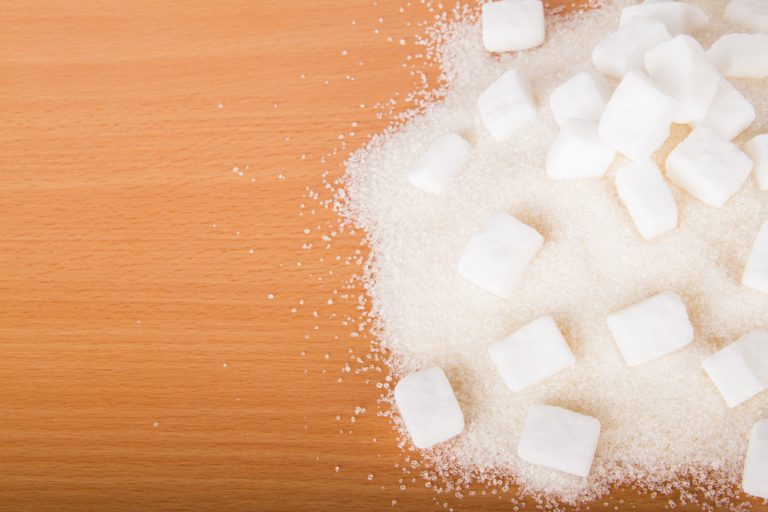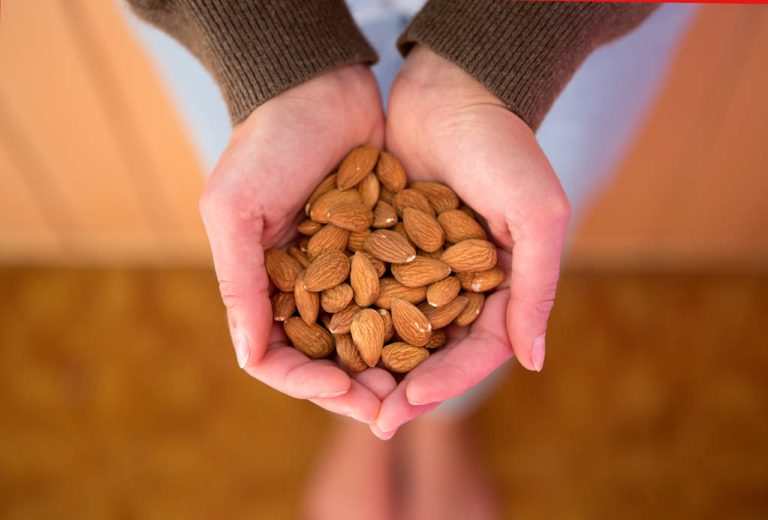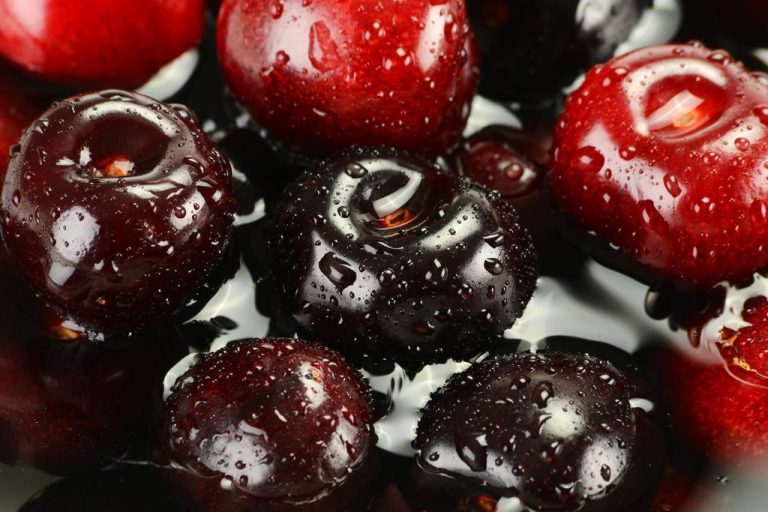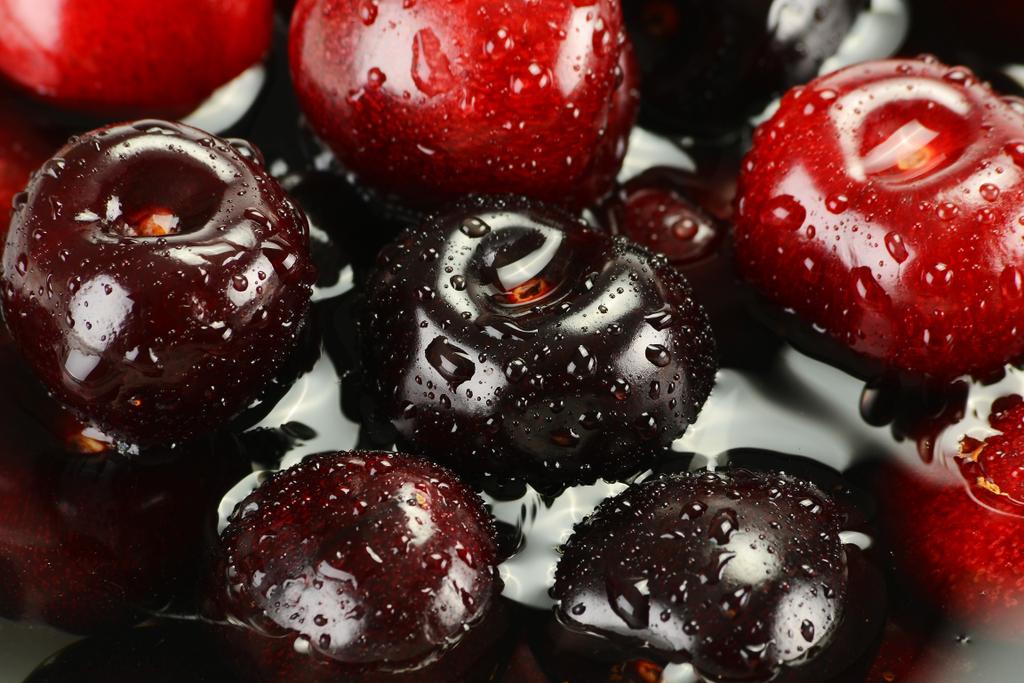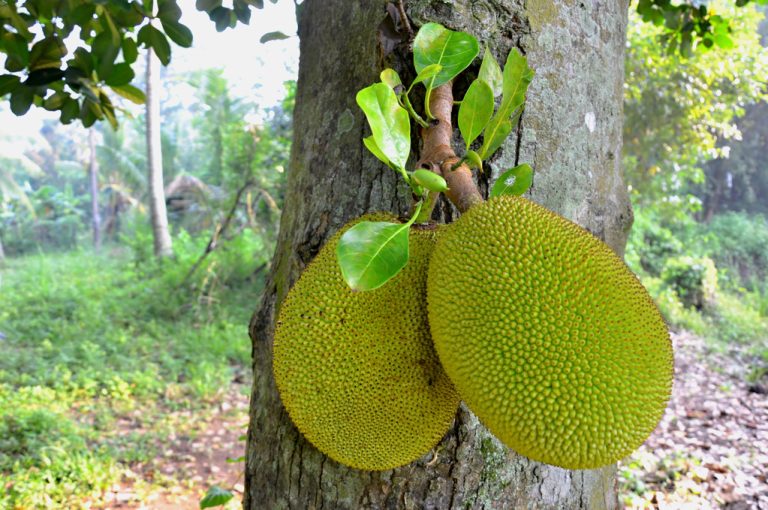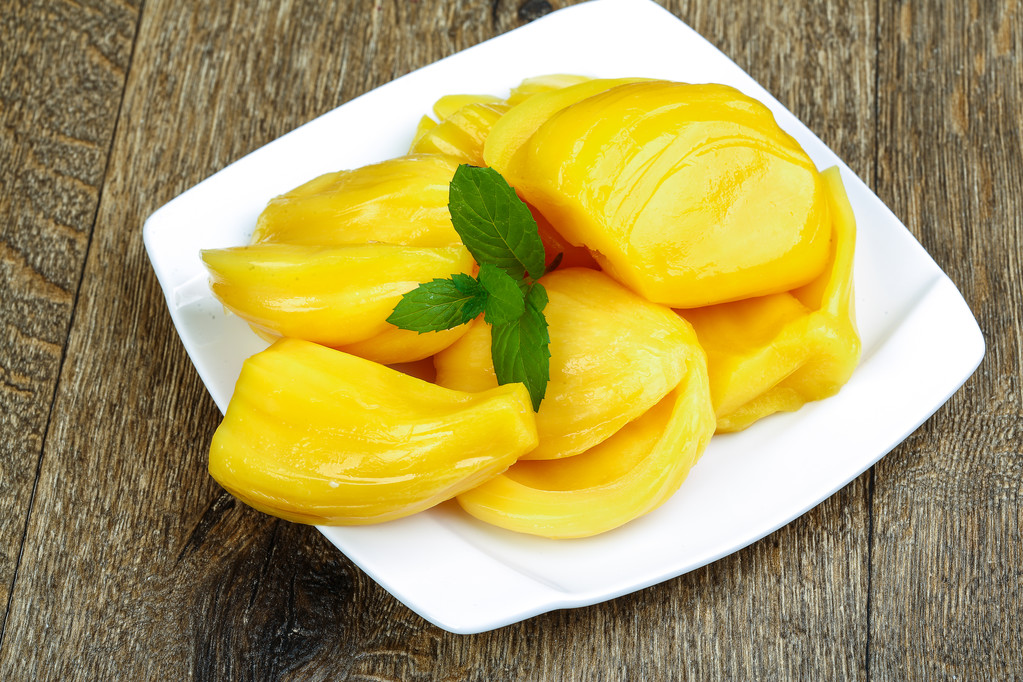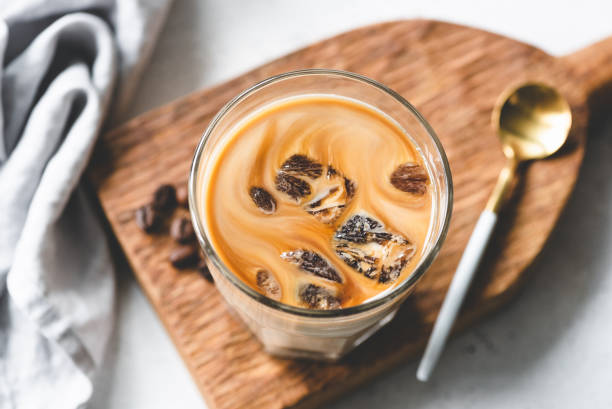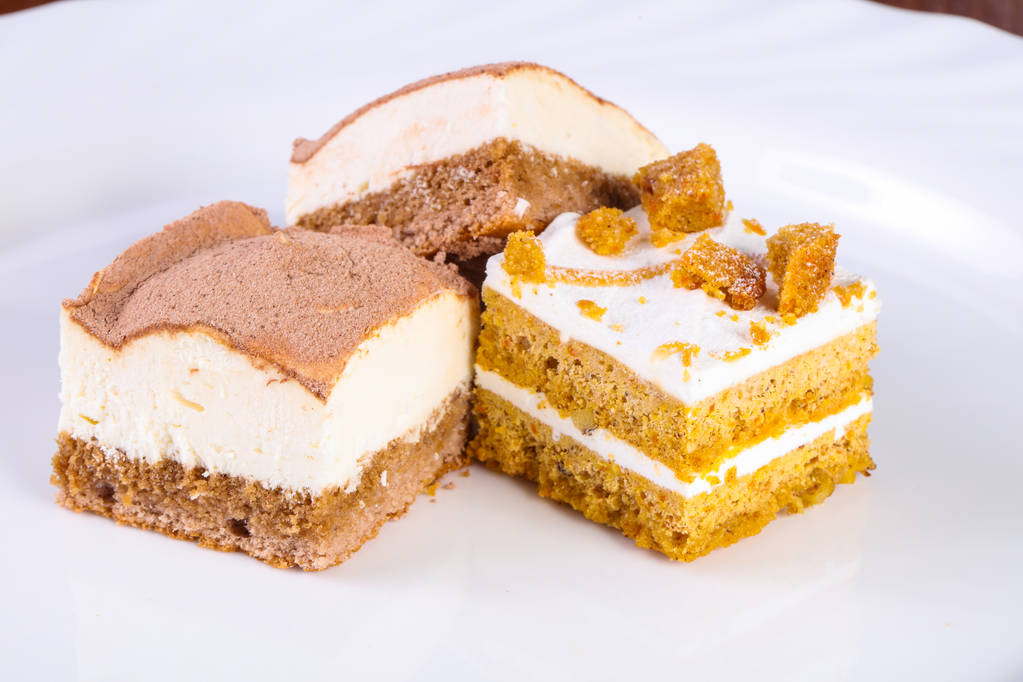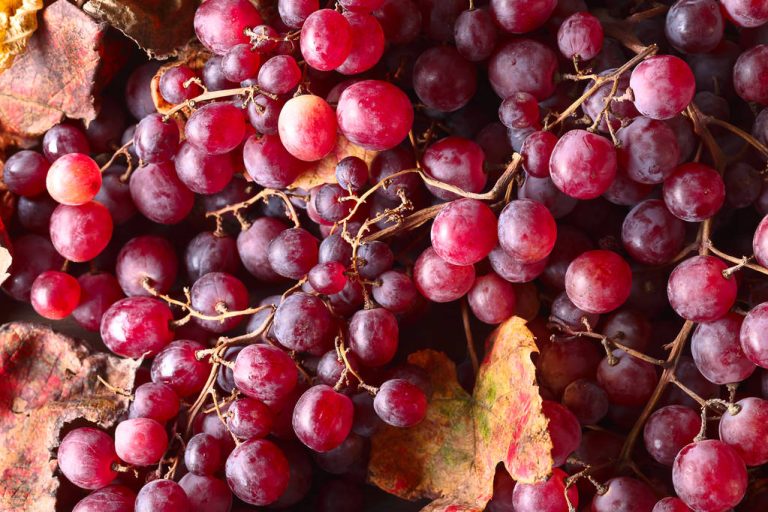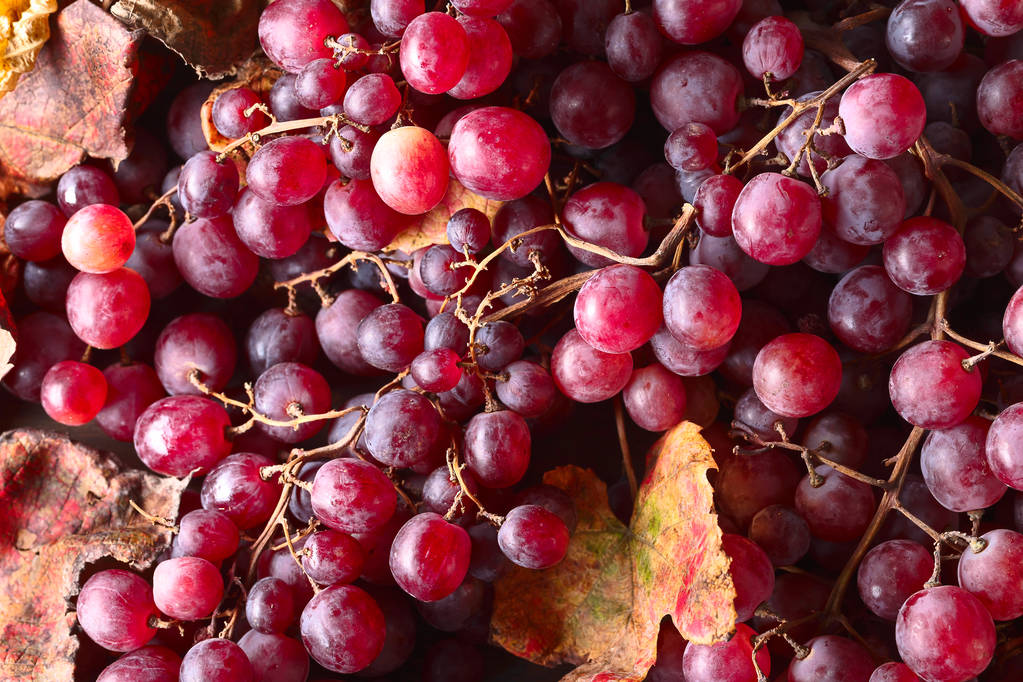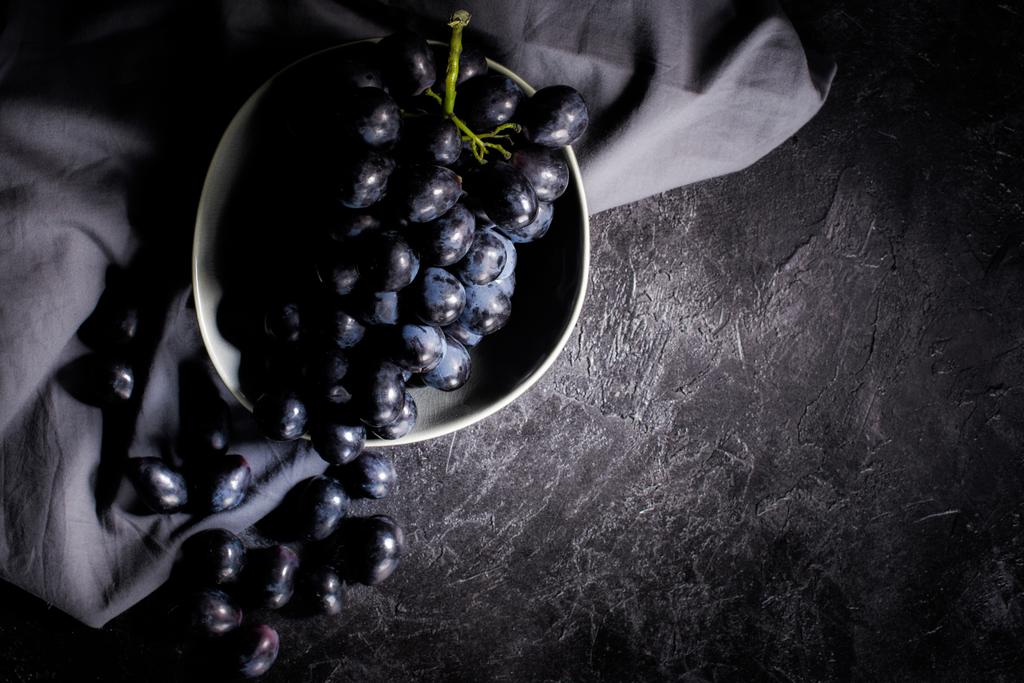In many cases, cancer is linked to an unhealthy diet. Luckily, you can influence them yourself. By avoiding the following 5 foods, you prevent cancer.

Tasty but carcinogenic: These foods “feed” cancer cells
Research on the subject of nutrition and health is constantly coming up with new findings. Due to the large number of studies, it is sometimes difficult to keep track. In addition, there are sometimes contradictory results.
Stiftung Warentest categorizes five popular types of food that are suspected of promoting cancer. However, not all of them are clear to what extent they actually promote cancer. For example, the effect of milk is controversial (see below). Nevertheless worrying: All five end up on the plate or in the glass of many people every day.
Processed meat (sausage)
(Red meat
milk
alcohol
sugar
1. Processed meat: highest cancer risk level
The results on processed meat are particularly alarming: The “WHO” even classifies sausage, ham, cured, smoked and salted meat products as having the highest cancer risk level 1 – and thus on a level with tobacco smoking. Although the risk of dying from the effects of smoking is 175 times higher, processed meat is said to be responsible for 34,000 deaths worldwide every year.
The WHO therefore recommends eating as little sausage as possible, as it promotes cancer formation. According to test.de, “frequent daily consumption of more than 50 grams can increase the risk of colon cancer by 18 percent”. The recommendation for red meat is as little as possible up to a maximum of 500 grams per week. So steak and ground beef are also carcinogenic?
The findings of the “International Agency for Research on Cancer” are not quite as clear here, which is why red meat is classified as “probably carcinogenic” (category 2A). However, a connection with colon, pancreas and prostate cancer is also possible here. According to current assessments, poultry, game and offal are not of concern.
2. Milk: causes and prevents cancer
The results on milk are particularly interesting: While small amounts, i.e. 0.2 to 0.8 liters, can protect against colon cancer, consumption in large quantities is said to increase the risk of cancer. According to the German Society for Nutrition, calcium from dairy products can increase the risk of prostate cancer in men.
In women, on the other hand, small amounts of milk may protect against breast cancer.
One looks in vain for milk on the list of the WHO or the IARC. This does not mean that milk cannot be carcinogenic in certain cases. However, the current research situation does not allow milk to be clearly classified as carcinogenic.
3. Alcohol and sugar: directly and indirectly carcinogenic
According to the WHO, the influence of alcohol is clearer: “Alcohol increases the risk of cancer in any quantity.” The IARC assigns alcohol to Category 1. This means that just complete abstinence eliminates the negative effects of alcohol. However, the more you drink, the higher the risk. It also doesn’t matter which type of alcohol: each is considered a risk factor for various types of cancer in the oral cavity, esophagus, throat, liver, colon and breast.
If you don’t want to do without, you should follow this rule of thumb: women should only have one drink a day and men should have a maximum of two drinks a day, experts advise. A drink is already 0.1 liters of wine or 0.3 liters of beer.

Conclusion: A healthy diet has a major impact on the development of cancer
A balanced and healthy diet with lots of fruit, vegetables and legumes makes more sense.
However, the risk of developing cancer can never be completely eliminated. Even if you completely avoid the foods mentioned, do a lot of sport and eat healthily, you can still get a malignant tumor.

